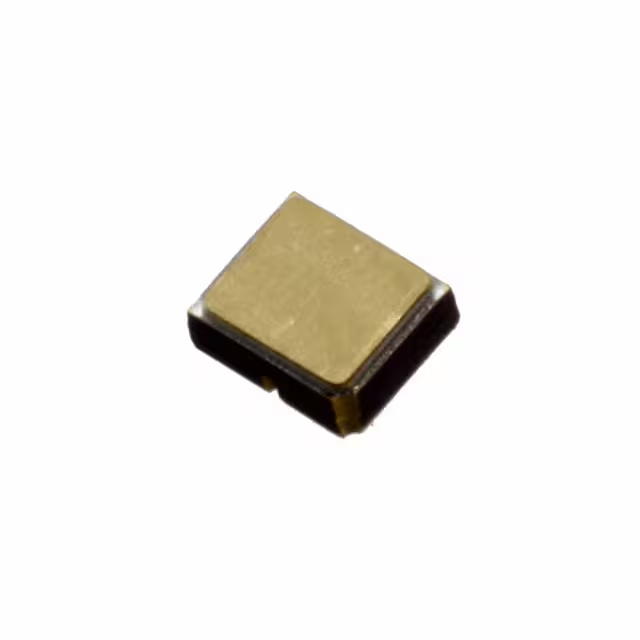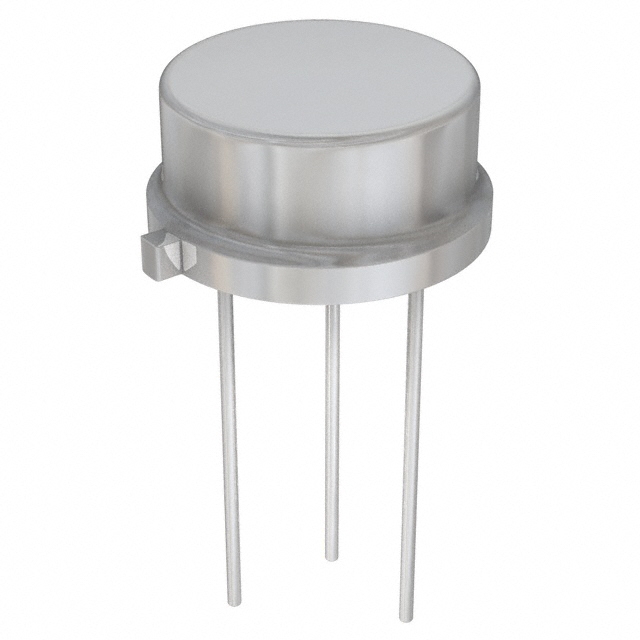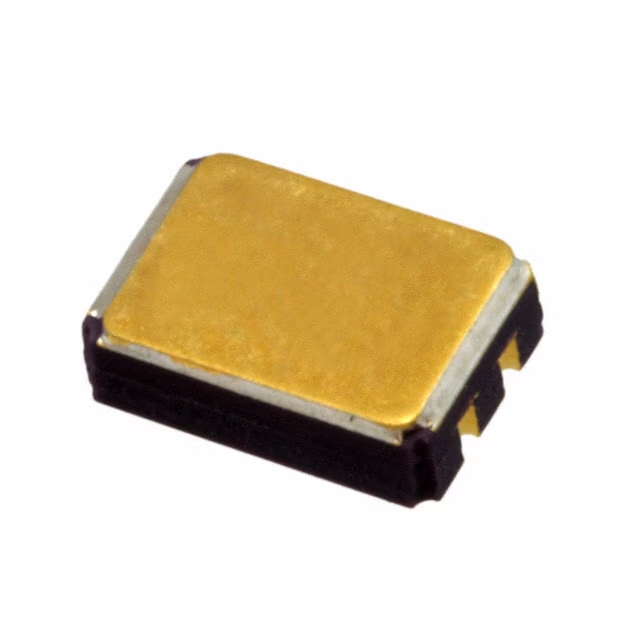2SC1815 Transistor Datasheet & Equivalent | Pinout
- Brands: Lumimax Optoelectronic Technology
- Download: 2SC1815 Datasheet PDF
- Price: inquiry
- In Stock: 7897
- Transistor Type: NPN
- Current - Collector (Ic) (Max): 150 mA
- Voltage - Collector Emitter Breakdown (Max): 50 V
- Package: TO-226-3, TO-92-3 (TO-226AA)

FREE delivery for orders over HK$250.00

Quick response, quick quotaton

Flash shipment,no worries after sales

Original channel,guarantee of the authentic products
Top 3 silicon transistors | 2SA1736 | 2SA1941 | 2SC1815
2SC1815
The 2SC1815 is a widely-used, small-signal NPN transistor that’s especially popular among electronics hobbyists and audio enthusiasts. It’s affordable, easy to find, and known for its reliable performance, commonly used in amplification and switching circuits.
It can handle a maximum collector current of around 100mA and a maximum collector-emitter voltage of 50V, making it ideal for signal amplification or controlling low-power loads like indicator LEDs, small speakers, and relays. Typically, you’ll see it used as a preamplifier stage in audio circuits or as a simple switching transistor.
2SC1815 pinout

| Pin Number | Pin Name | Description |
|---|---|---|
| 1 | Emitter | Current flows out to GND |
| 2 | Collector | Connects to load/device |
| 3 | Base | Controls transistor switching |
2SC1815 for low noise amplifier
The 2SC1815 is a general-purpose NPN transistor commonly used in amplification and switching applications. When wiring, ensure correct orientation by identifying pins based on the flat side of the transistor. Incorrect connections, especially reversing the collector and emitter, can damage the transistor or cause circuit malfunction. Always verify pin configuration with a datasheet when integrating into a circuit.
2SC1815 transistor equivalent

| Parameter | 2SC1815 | 2N3904 | BC547 | 2SC945 | 2N2222 |
|---|---|---|---|---|---|
| Polarity | NPN | NPN | NPN | NPN | NPN |
| VCEO (Collector-Emitter Voltage) | 50V | 40V | 45V | 50V | 40V |
| IC (Max Collector Current) | 100mA | 200mA | 100mA | 100mA | 600mA |
| hFE (DC Gain) | 70~700 | 100~300 | 110~800 | 70~700 | 100~300 |
| fT (Frequency) | 80MHz | 250MHz | 100MHz | 100MHz | 250MHz |
| Package | TO-92 | TO-92 | TO-92 | TO-92 | TO-92 |
Summary of Substitution Considerations:
When choosing an alternative transistor for the 2SC1815, it’s crucial to ensure that the replacement matches the required voltage, current, and gain characteristics closely. The listed models—2N3904, BC547, 2SC945, and 2N2222—can generally substitute 2SC1815 in most low-power amplification or switching applications. However, always verify specific circuit requirements, especially the voltage and gain parameters, before finalizing the substitute.
2SC1815 preamplifier circuit diagram

Let’s break down this easy transistor amplifier circuit, which uses the popular 2SC1815 transistor along with two additional transistors (2N3904) to amplify audio signals, enough to drive a small 8-ohm speaker. This simple setup is perfect if you’re just getting into electronics or want to build a quick DIY audio project.
-
Audio Input Stage:
Your audio signal first passes through capacitor C1 (1µF). Think of C1 as a gatekeeper—it lets the audio signal through but blocks any unwanted DC signals. This helps keep the audio clean and prevents damage to the next stage. -
First Stage Amplification (2SC1815 transistor – Q1):
The transistor Q1 does the main job of boosting the weak audio input. Resistors R1 (3.3MΩ) and R2 (820KΩ) create a suitable bias, which just means they’re setting the transistor’s operating point so it amplifies smoothly without distortion.R3 (39KΩ) and R4 (10KΩ) control how much amplification occurs at this stage, essentially determining how loud and clear your sound will be. The amplified audio is then passed on through capacitor C2 (47µF) into the next stage.
-
Final Amplification (Transistors Q2 and Q3 – 2N3904):
This stage gives the audio enough strength (power) to drive the small speaker. Two 2N3904 transistors form what’s called a push-pull amplifier, effectively making the sound louder and clearer.A resistor R5 (330Ω) and capacitor C3 (220µF) are also included to keep the output stable and clean, preventing unwanted distortion or DC currents that could harm the speaker.
-
Powering the Circuit:
This simple amplifier runs smoothly on a 6-volt battery or DC power source. It’s designed for efficiency, making it ideal for portable, battery-powered audio projects.
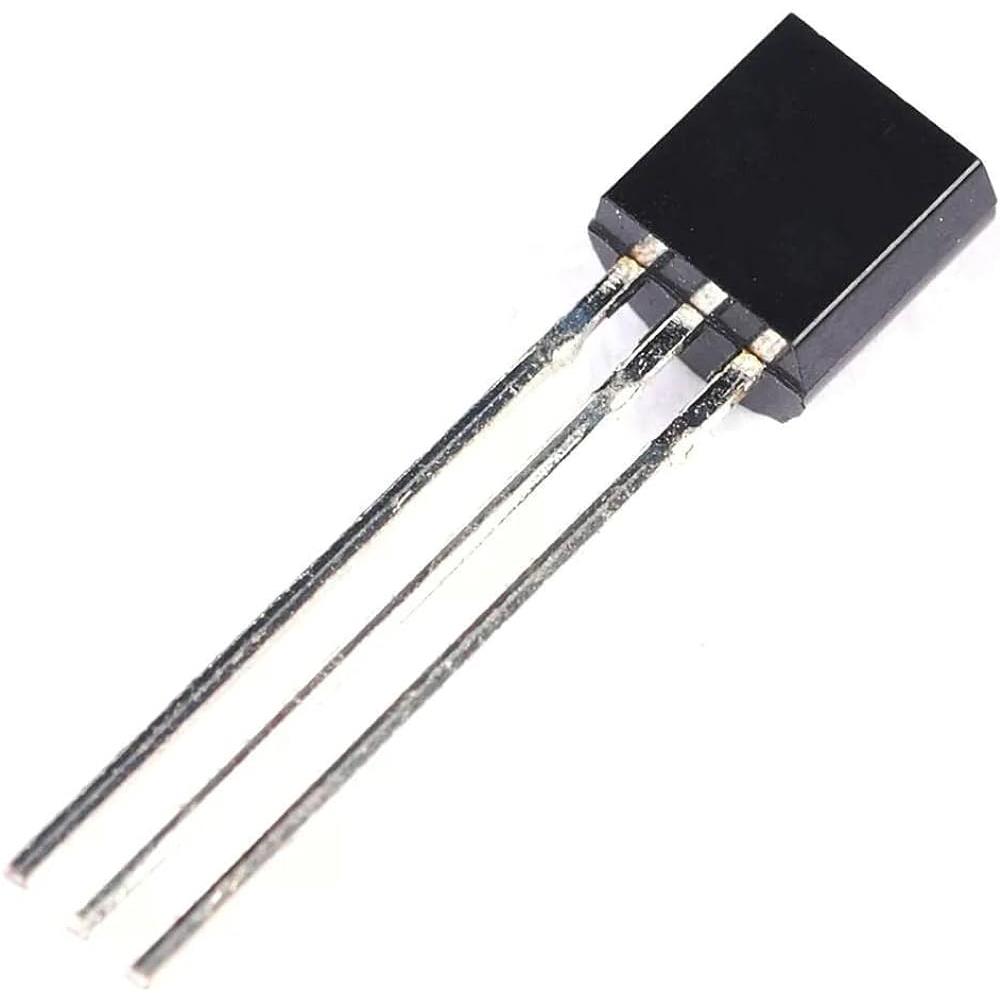


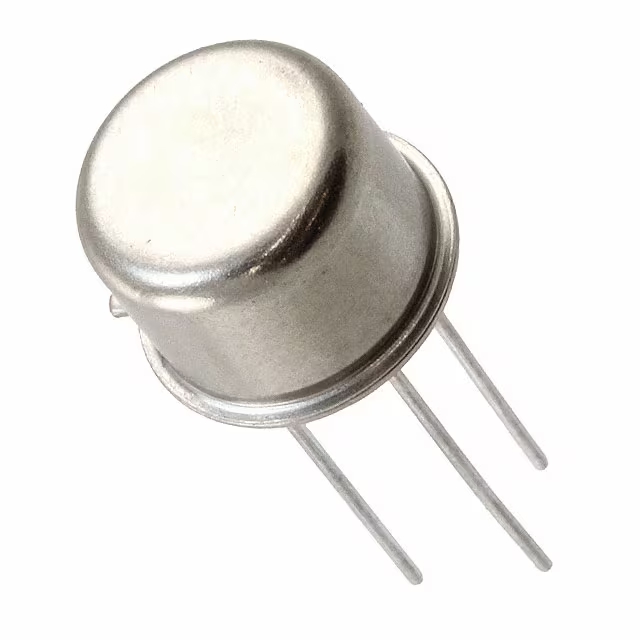


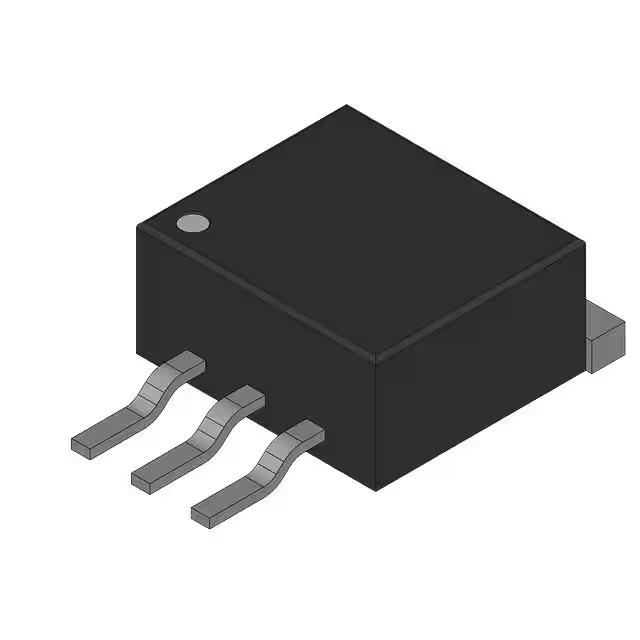
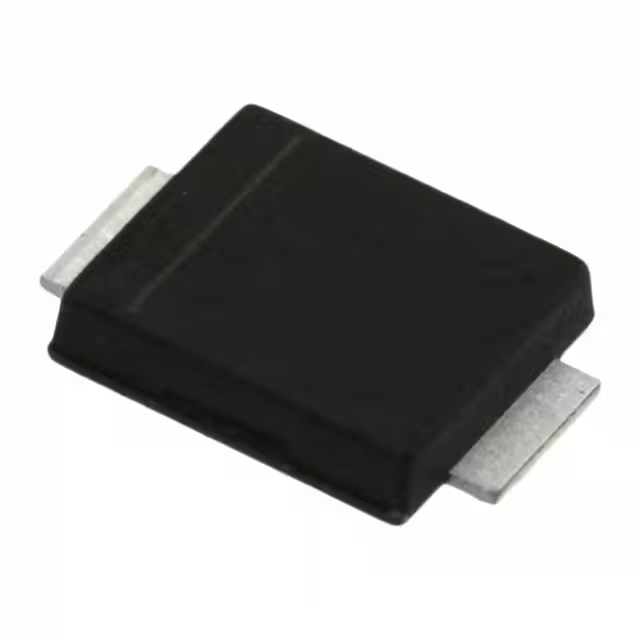
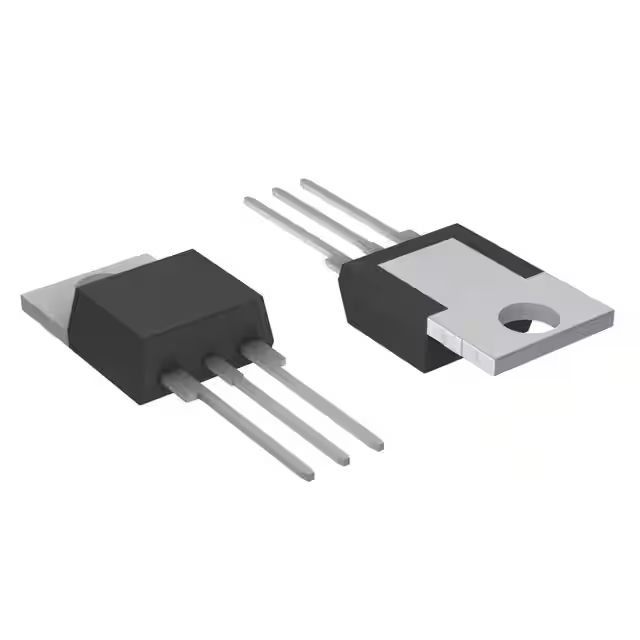

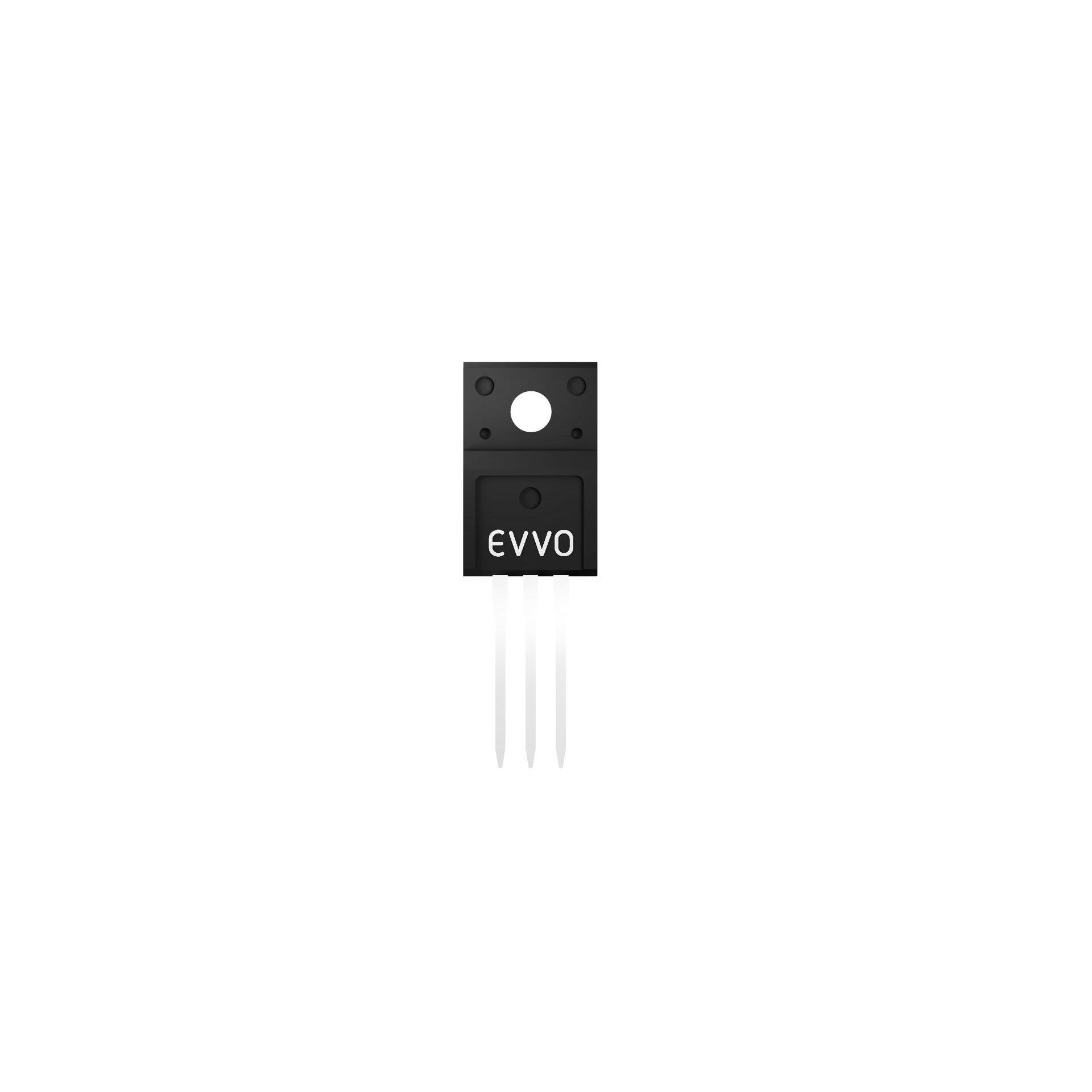
.jpg)
.jpg)
